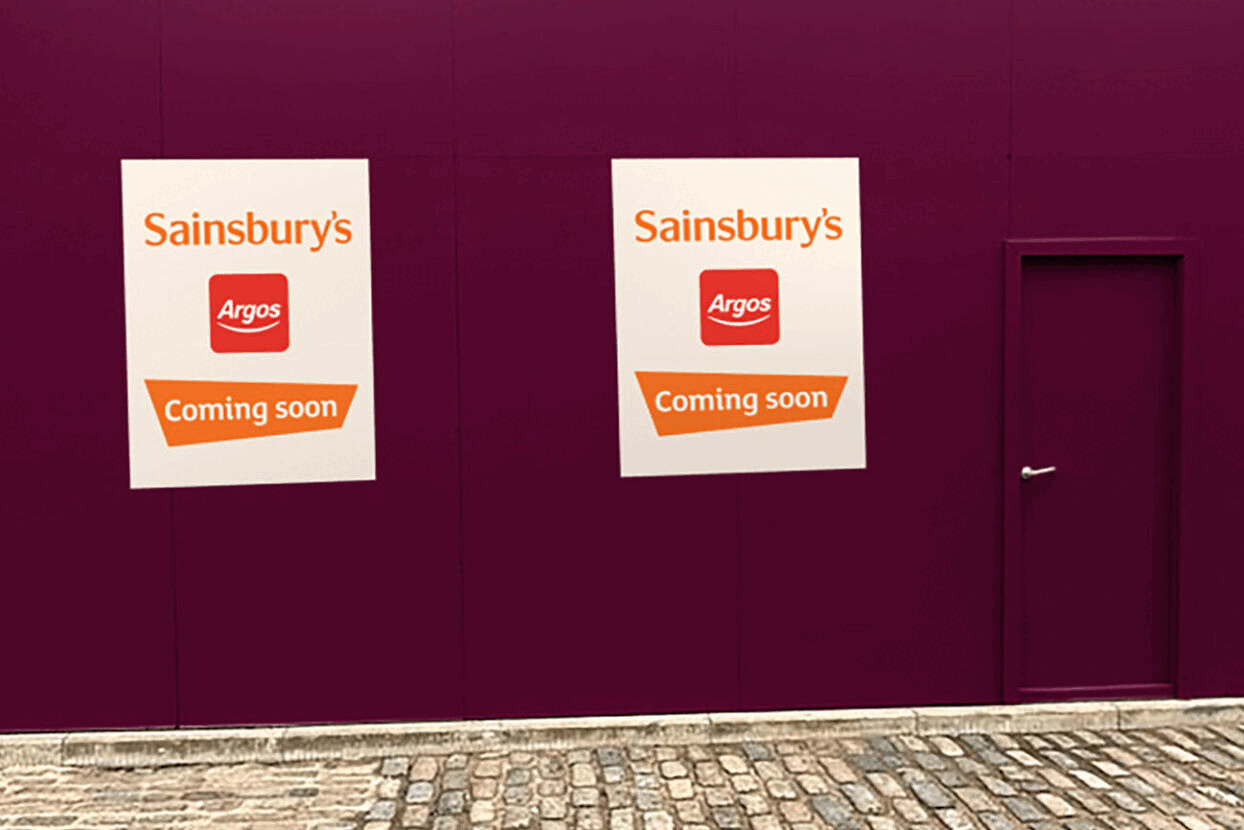DoubleVerify uncovers Beatsting large scale audio ad impression fraud scheme
- Friday, February 3rd, 2023
- Share this article:

DoubleVerify, a platform for digital media measurement, data and analytics, has announced the discovery of ‘BeatSting’, which it said is the first large-scale ad impression fraud scheme to target audio inventory.
BeatSting is part of a bigger family of Server-side Ad Insertion (SSAI) fraud schemes that emerged in 2019 and initially targeted Connected TV (CTV) inventory. In this specific iteration, fraudsters begin by spoofing residential IP addresses and audio apps. At the same time, they also set up fake SSAI servers to falsify audio ad requests, making the inventory attractive to advertisers. If an advertiser bids on this inventory and wins the bid, their ad dollars are wasted on a fraudulent opportunity. And by creating fraudulent inventory, the fraudsters are also siphoning money away from legitimate audio channels.
“Fraud always follows the money, and increasingly that money is flowing to digital audio, a rapidly emerging channel where digital advertising standards are still evolving,” said DoubleVerify CEO, Mark Zagorski. “CTV continues to experience this phenomenon and, increasingly, audio is quietly becoming a new channel of interest and attack.”
Early in the second quarter of 2022, The DV Fraud Lab detected a dramatic increase in fraudulent activity targeting audio channels, after initially noticing smaller instances of this attack in 2021. This is the first time a fraud scheme has generated fake audio traffic at scale through large audio platforms.
DV’s Fraud Lab performs ongoing detection and analysis of new types of digital ad fraud in order to uncover the latest schemes as they occur. Through continuous analysis, scenario management and research, the Fraud Lab pinpoints the sites, apps and devices responsible for fraudulent activity and updates protection for DV clients in real-time.
















